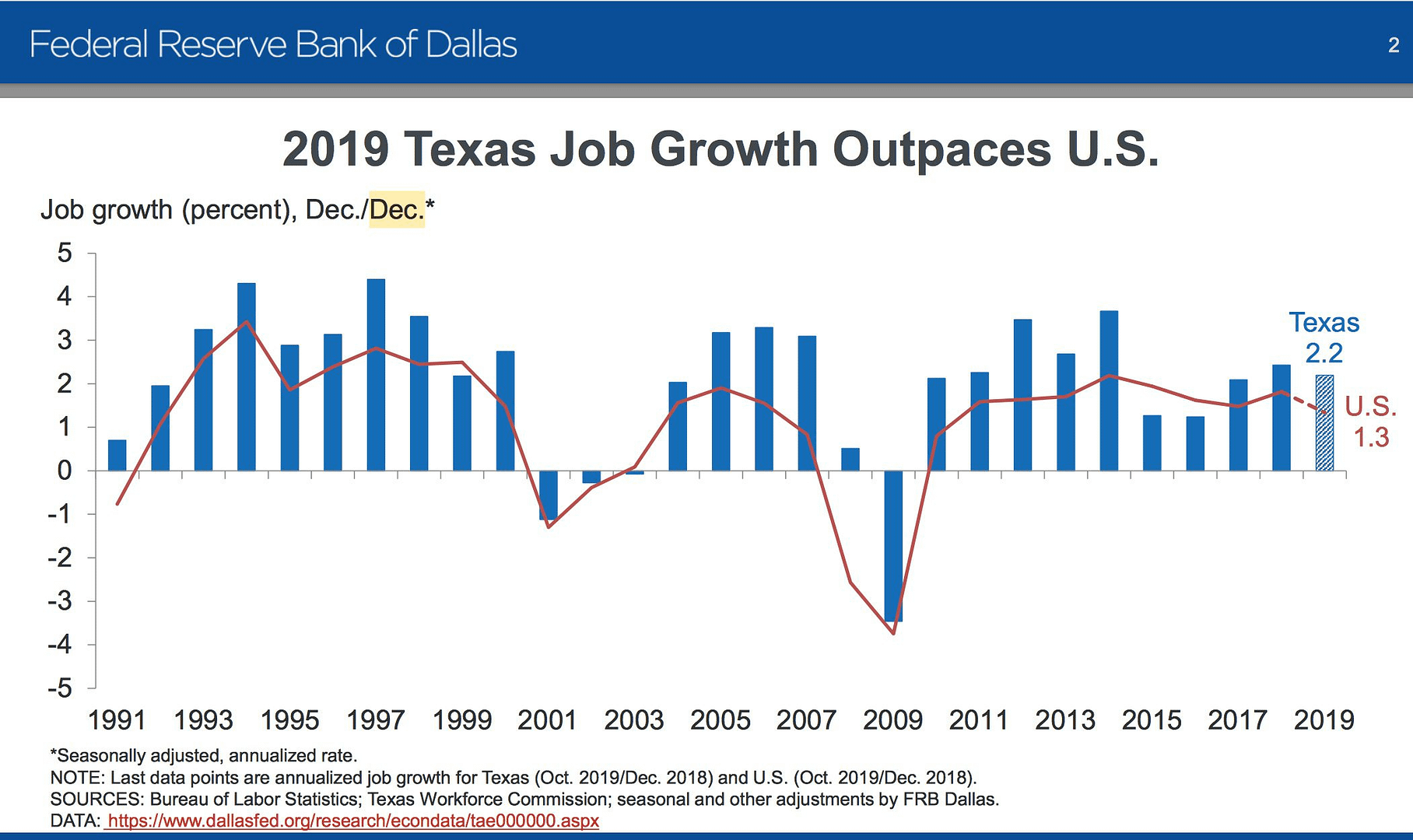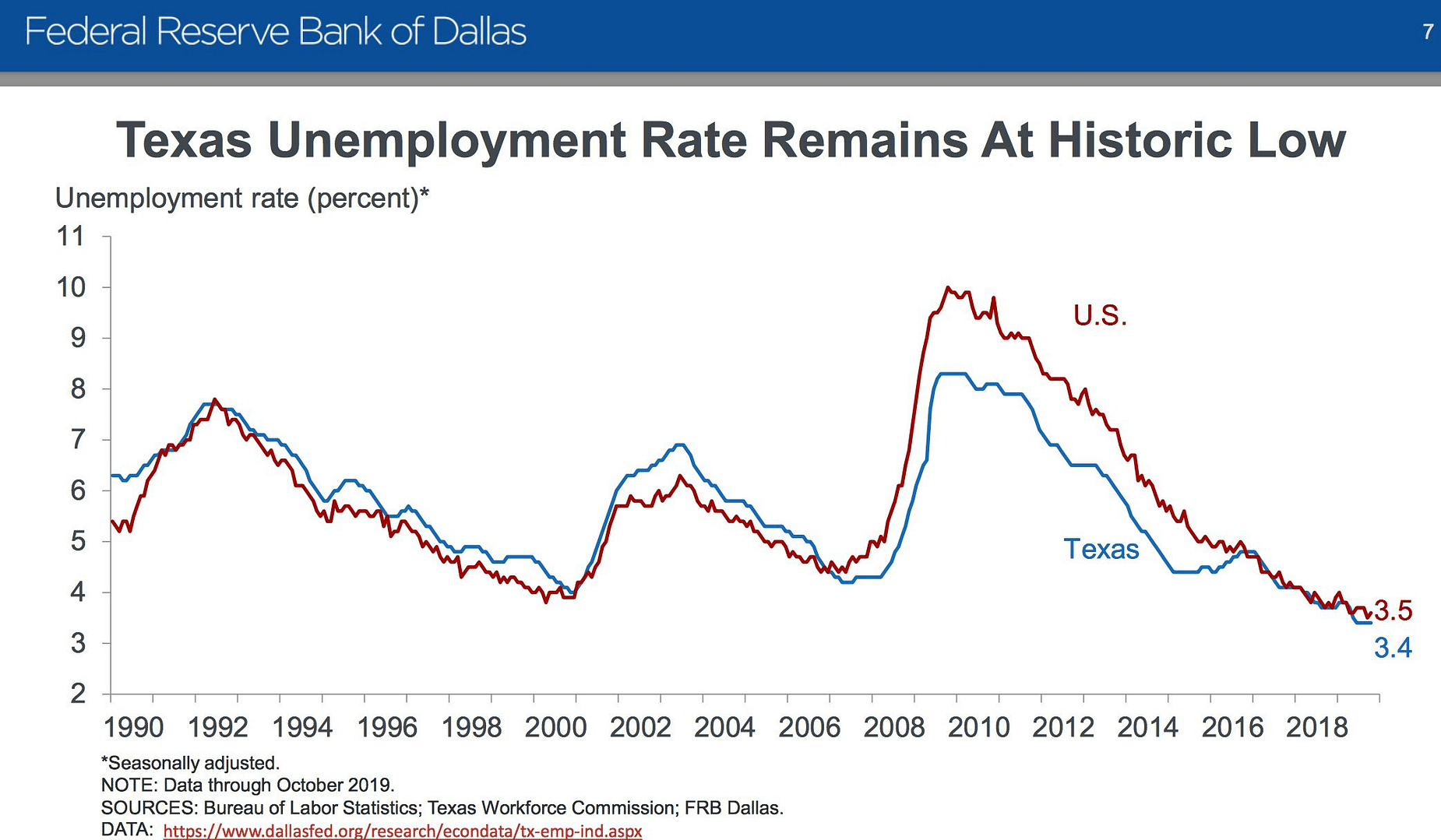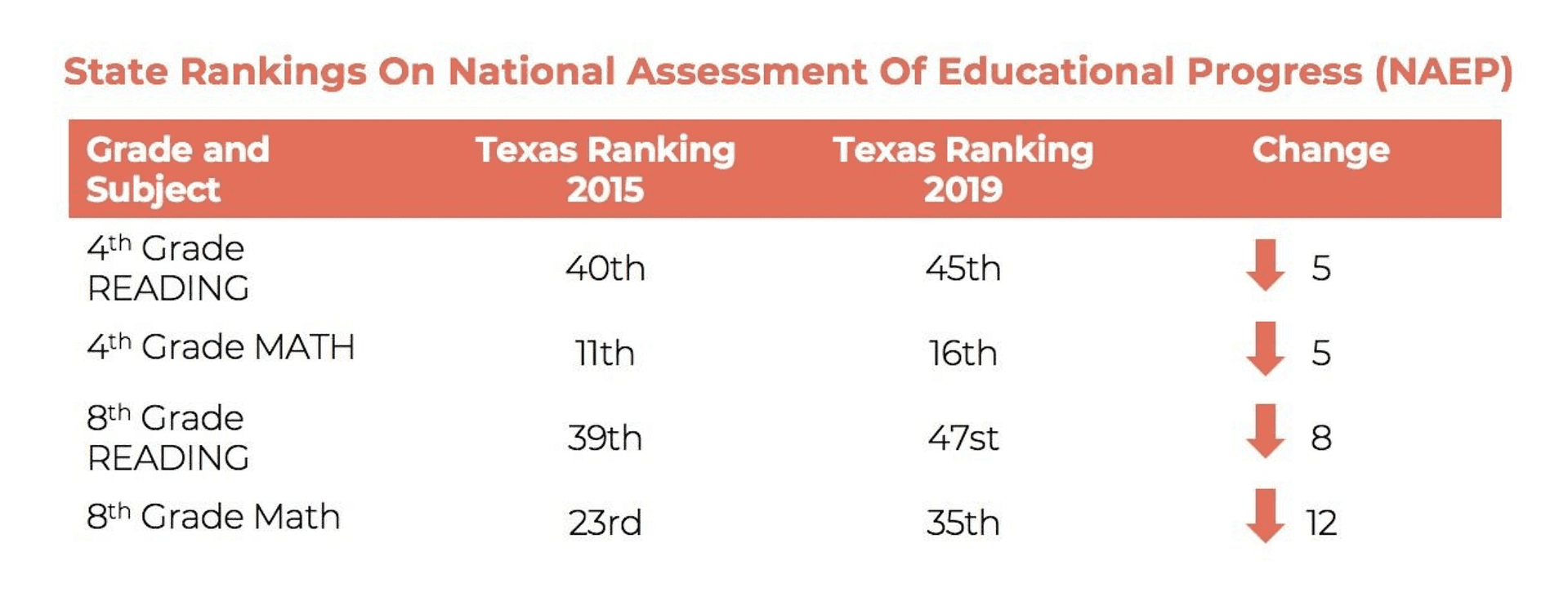The good news is that we leave this decade at a time of success and prosperity for many Texans, whether they were born here or came here as fast as they could. And we have the opportunity to stay ahead of the curve on key challenges before they become insurmountable problems. In other words, with a population this large and an economy this consequential, there’s a lot riding on getting this right and taking the steps needed to sustain our success and give more Texans the opportunity to partake in it.
That’s why Texas 2036 has come forward to work with Texas individuals, businesses and organizations over the next decade to build a long-term strategic vision for the state. We realize that Texans need a fact-based case for action about the priorities and investments most important to our future. This is why we’ve engaged with dozens of experts across the state and country and acquired hundreds of data sets that illustrate where we are and where we are headed.
To date, we’ve accumulated more than 300 public data sets on water, roads, K-12 education, higher education, government performance and other indicators that showcase Texas’ many accomplishments and highlight areas where we need to focus.
Texas ends the decade with a strong economy and record unemployment. So how do we build on this strength as Texas adds 10 million more residents between now and 2036? We're projecting that Texas will need to create about 7 million new jobs by 2036, which is as many jobs as exist in North Texas and Houston combined today.
Are we up for the challenge?
We certainly are. But it will depend on how well we develop our greatest resource, our human capital. Can we improve our education outcomes so more than 3 out of every 10 fourth graders can read at grade level? Can we make sure our young people get the college certificates or degrees they’ll need for tomorrow’s job market?
The challenge is clear: We must educate more Texans to much higher levels, more quickly and more affordably than ever before. We have a huge asset in a population that is young, diverse and growing. We need to make the most of this tremendous advantage we enjoy over other states competing for jobs and investments.
In the ’80s and ’90s, this state led the country in increase and academic achievement in the African American and Hispanic population. Sadly, where Texas once led, we have drifted, and we’ve taken our foot off the gas.
While we commend the Legislature for its recent investments in public education, we need to focus more keenly on reading and on accountability and all the things we know get results for students. Not only is this the right thing to do, it’s in all of our own economic self-interest. We’re out of workforce.
Today, we have thousands of unfilled jobs, and thousands of Texans who cannot qualify for those unfilled jobs because of the lack of education or training. Our ability to keep attracting jobs depends directly on our commitment to educating our students.
Further, our state economy is concentrated in North Texas, Houston, Austin and San Antonio. Our projections show over half the counties in this state will have zero to negative job growth between now and 2036.
This is a huge challenge facing many Texas communities, and all of us have a stake in making sure those communities can provide opportunity for the many Texans who want to live in them.
We should all be proud of what Texas has accomplished during the last decade. We have compiled an economic record that any state would envy.
By paying close attention to the data and working together, we can have the opportunity to create even more opportunity in the years and decades to come.




